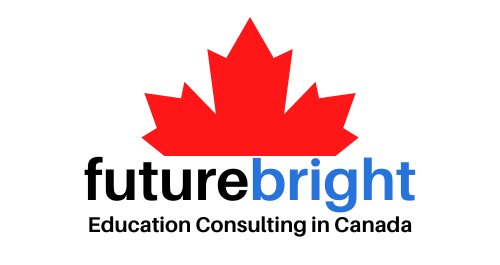Frequently Asked Questions
Frequently Asked Questions
Here at FutureBright Canada, we spend a lot of time talking to parents. We hear a lot of parents asking the same questions about Canadian schools, so we created this list of frequently asked questions. If you’re looking for information on selecting and applying to Canadian schools you’re in the right place! Please contact us with any other questions or to discuss your families situation. We are here to help!
What is the difference between private and public schools in Canada?
It may come as a surprise, but public schools in Canada provide very good quality education. The minimum standard is set by provincial ministries of education, and both public and private schools must meet this standard.
Private schools have a more visionary approach in terms of character development, self-esteem and leadership skills.
Private schools have fewer students in each classroom (public schools average 30-33 students, private schools don’t exceed 24 students) allowing each student to get individual attention from the teacher, enabling them to be more successful.
Is there foreign language education in public Canadian schools?
Compulsory French education is provided in all public and private schools. Standard French education in public schools starts in grade 4 (around age 7) and continues until the end of high school. In order for students to get an Ontario Diploma, they must have a certain level in French.
In both public and private Canadian schools, there are different language options other than French, such as Spanish and Chinese.
Does being a public or private high school graduate affect the success in admission to universities?
Whether a student has graduated from public or private high school has no effect on their university admission. Both public and private universities in Canada consider the Grade Point Average (GPA) to be the most important criteria for admission.
However, the skills taught by private schools, such as self-discipline and self-confidence allow students to be more prepared for university. The dropout rate in university is 25%, and the rate for changing majors is 75%.
What are some mistakes that parents make when they go through the application process?
Having a long checklist of expectations. Schools cannot offer everything you might expect. If you get 80%, it’s great. Top tier schools offer more opportunities than some other schools however it’s harder to get acceptance to those schools.
Try to avoid picking schools based on prestige and reputation and other people’s choices rather than fitness to their child.
Make sure you provide an honest and complete picture of who your child is during the application process.
Other areas parents make mistakes include not visiting schools in person and not preparing the child for the interview.
What would top tier private schools look for in a candidate?
Each school is looking for certain qualities that represent its values. Most schools want to have a diverse mix of kids, each with different strengths. They not only expect academic achievement but also athletic, artistic or social capabilities as well.
It’s important to understand each school’s set of values to help decide which school’s culture your kids would be most happy and successful attending.
What is the difference between single gender and co-ed schools?
Single gender schools specialize in designing curriculum that hooks boys and girls into learning at their gender specific learning style and pace.
As boys and girls learn differently, single-sex schools consider these differences to create customized programs that optimize success. For girls, much of the benefit lies in developing their personality in an environment free of traditional gender stereotypes that can hold them back.
On the other hand, it’s believed that co-ed schools tend to prepare children better for university and employment by giving them opportunities to work together.



